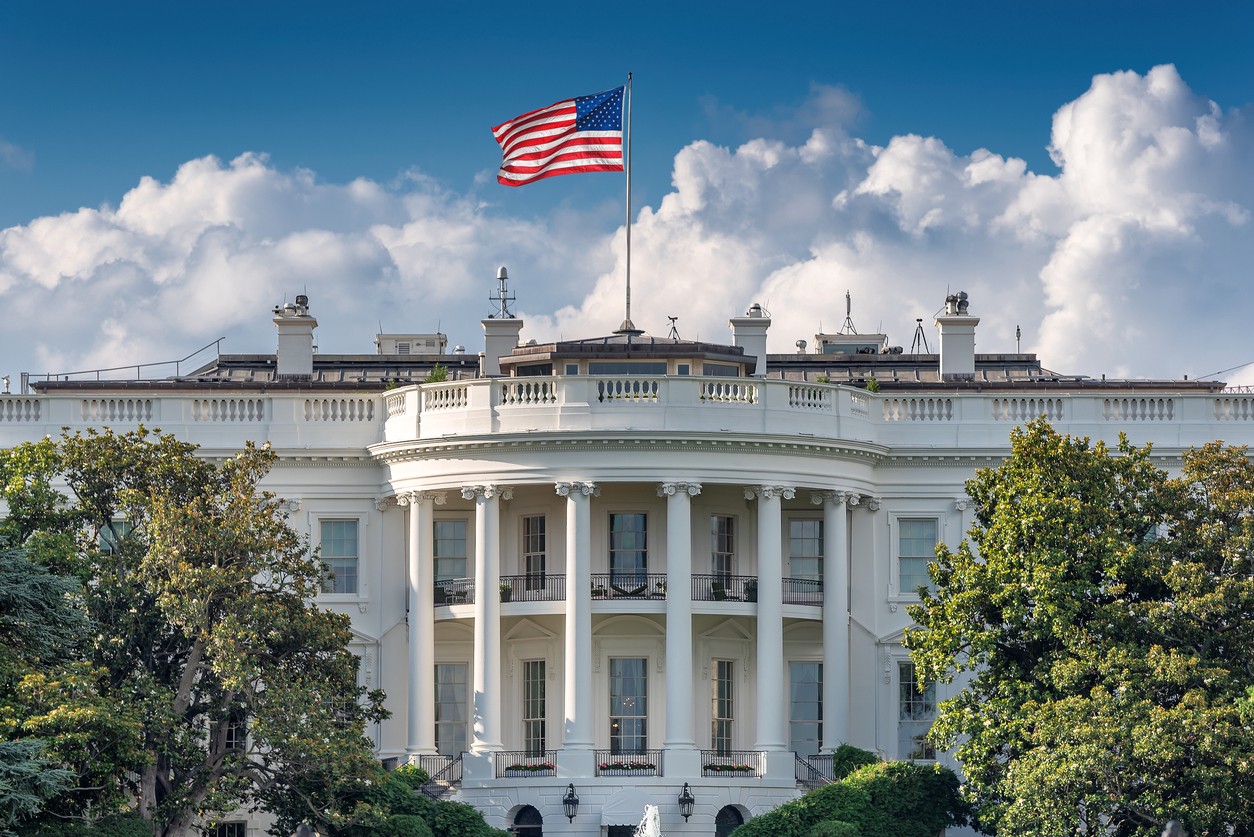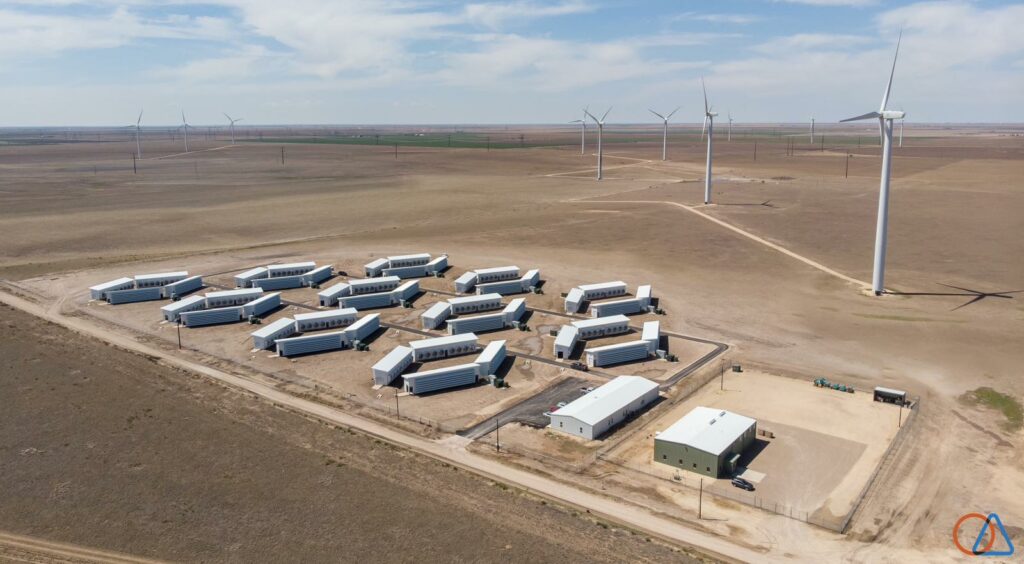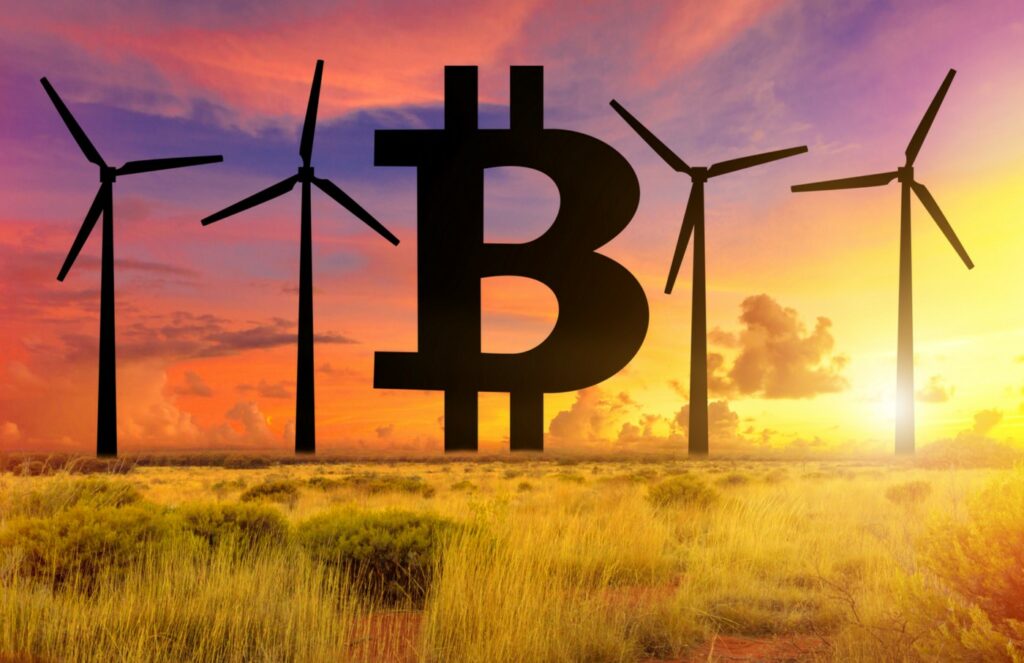by Nicola Phillips, Copywriter
Last Thursday, the White House Office of Science and Technology Policy (OSTP) published a report on crypto-assets and their environmental impact. The report makes several key recommendations, namely:
- Minimize greenhouse gas emissions, environmental justice impacts, and other local impacts from crypto-assets.
- Ensure energy reliability.
- Obtain data to understand, monitor and mitigate impacts.
- Advance energy efficiency standards.
- Encourage transparency and improvements in environmental performance.
- Encourage research to improve understanding and innovation.
Among other things, OSTP recommends industry-wide standards, as well as public disclosure by individual companies, of:
- energy usage
- water usage
- greenhouse gas emissions
- electronic waste practices
- noise generation.
Here are a few additional things of note from the report.
1/ Flexible Demand Response
Section 2 lays out how “Crypto-Assets Affect Electricity Usage and the Grid.”
Part of this section is devoted to explaining how crypto mining can function as a flexible demand solution that helps balance the grid.
The report says:
“Crypto-asset mining operations can quickly decrease the amount of electricity used by scaling back or switching off mining rigs. Bitcoin miners can participate in utility and grid operator programs that pay major electricity users to decrease consumptions during times of peak grid stress, or to balance supply and demand — a process called demand response.” — page 18
“Crypto-asset mining’s flexibility to ramp up and down could contribute to these needed rapid response services.” — page 18
The batchable, or pausable, nature of crypto mining lends itself to this type of dynamic ramping, allowing mining operators to choose to shut off a facility during peak demand hours (for example, afternoon through evening) without jeopardizing the mining process in the least.
In leveraging this point, the report is noting at least one way in which crypto mining can act as a salve to the grid rather than as a drain on it.
2/ Utilizing Curtailed Energy
Section 3 of the report details how “Crypto-Assets Result in Greenhouse Gas Emissions and Other Environmental Impacts.”
The report lists two ways in which crypto-asset mining using grid electricity could result in zero direct greenhouse gas emissions:
- Constructing or contracting for new clean electricity sources to power mining.
- Using existing renewable electricity that would otherwise be curtailed by the grid.
In January of this year, Soluna CEO John Belizaire testified before Congress on how Bitcoin mining, when powered by stranded or curtailed renewable energy, could act as a catalyst for the growth of renewables. This report is the first time that Washington has made that recommendation of its own accord.
Utilizing flexible demand response solutions like crypto mining to address the significant problem of renewable curtailment will benefit both industries — crypto and renewable energy — immensely.
3/ Bringing the Crypto-Assets Industry to the Table
The report also recommends that future decisions around the environmental impact of crypto-assets should involve stakeholders from the crypto-asset industry. We believe this is a critical move in order to move forward in progressive regulation in the industry.
In general, this report signals a more productive approach to regulating the crypto-assets industry than previously seen. At Soluna, we are in favor of well-researched regulation that brings the right stakeholders to the table, and we view this report by OSTP as a promising step in that direction.




